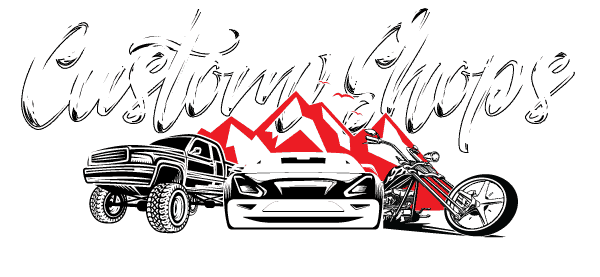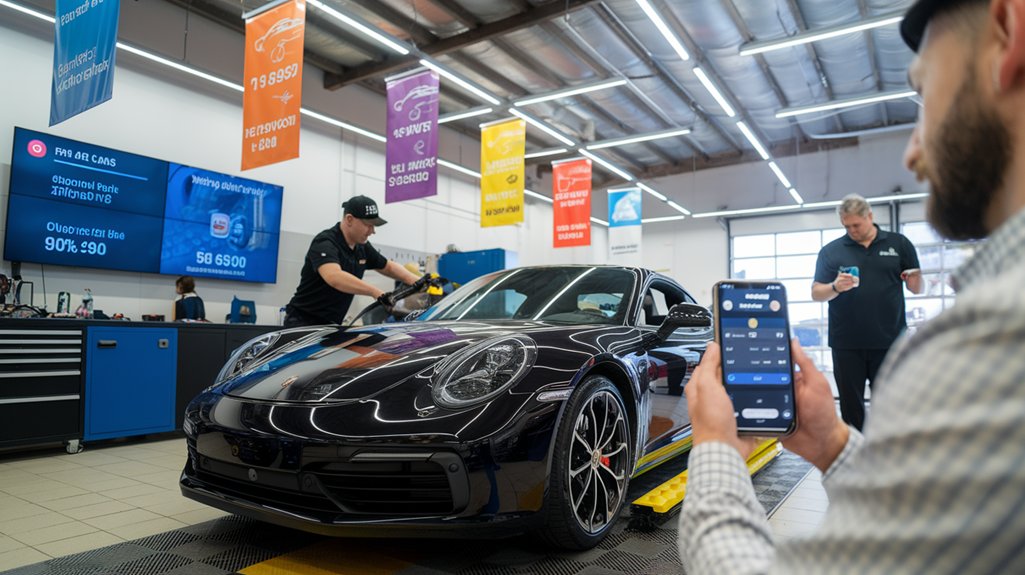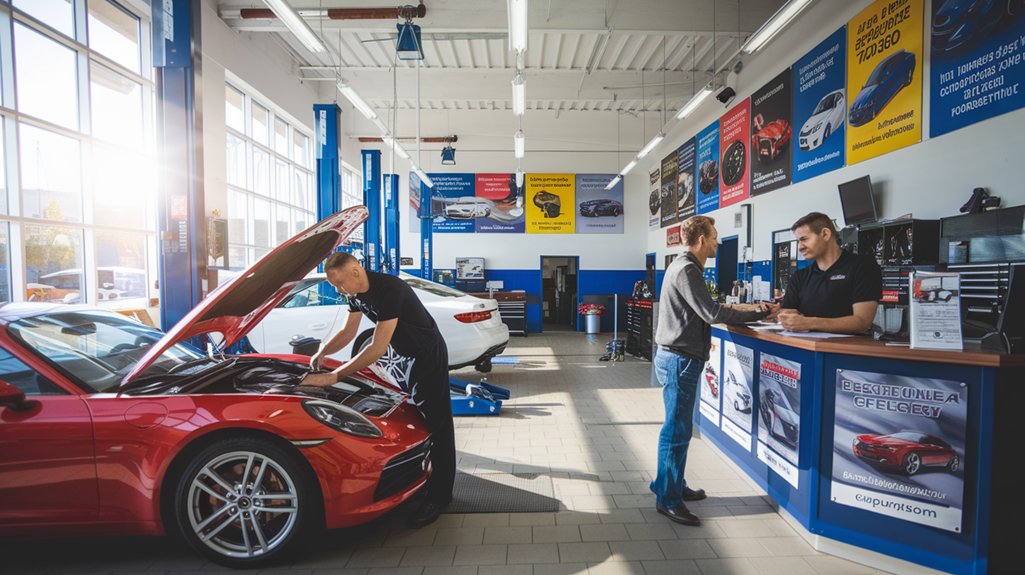How Well Do You Know Your Repair Shop’s Target Audience?
Understanding your target audience for repair shop success is undeniably crucial. Indeed, the first fundamental step in effective marketing and service delivery is to accurately identify who precisely walks through your door. Are they predominantly busy families seeking convenience and reliability, young professionals prioritizing speed and digital interaction, or seniors who value trust and personal connection? Ultimately, each distinct demographic inherently possesses unique needs, preferences, and pain points that can profoundly influence how you tailor your services, marketing messages, and overall customer experience. Consequently, this process of understanding target audience for repair shop is not merely a theoretical exercise; rather, it’s a practical imperative that drives profitability and long-term customer loyalty.
Methods for Gaining Audience Insights for Your Repair Shop
To get started with truly understanding target audience for repair shop, consider implementing a multi-faceted approach for gathering insights about your current and potential clientele:
- Surveys: Create simple, concise surveys that can be completed in-shop, via email after a service, or even through your website. Specifically, ask questions about customer expectations, demographics (age range, family status), how they found you, and what they value most in a repair service (e.g., speed, price, quality, warranty).
- Informal Conversations: Encourage your service advisors and technicians to engage customers in casual, yet insightful, discussions. For example, during check-in or pick-up, a question like “What prompted you to choose our shop today?” or “What’s most important to you when getting your car serviced?” can reveal valuable preferences.
- Customer Relationship Management (CRM) Data: If you use a CRM system, leverage it! By analyzing existing customer data for patterns in service history, frequency of visits, vehicle types, and even geographical clusters, you gain concrete data for understanding target audience for repair shop behavior.
- Online Analytics: Dive into your website analytics (e.g., Google Analytics). This can reveal demographic data of your site visitors, their interests, which pages they spend most time on, and even their device preferences (mobile vs. desktop), all critical for effective outreach.
- Social Media Insights: Platforms like Facebook Business Manager offer demographic and interest data about your followers and those interacting with your content. Therefore, this can give you a pulse on a broader segment of your potential audience.
Discovering Customer Pain Points in Auto Repair for Your Target Audience
Once you’ve successfully identified your audience segments, the next vital step in understanding target audience for repair shop needs is to dive deeper to discover their specific pain points. These are the challenges, frustrations, or unmet needs that influence their choice of repair shop. Addressing these directly can be a significant differentiator. Here are some common concerns that customers may express:
- Quick Service/Time Sensitivity: Many customers, especially busy professionals or parents, value prompt service and efficient turnaround times. Their pain point is the inconvenience of being without their vehicle.
- Affordable and Transparent Pricing: Cost-effective solutions and clear, upfront pricing can be a deciding factor for many. The pain point here is the fear of unexpected costs or being overcharged.
- Trust and Reliability: Customers often worry about dishonest mechanics or shoddy workmanship. Their pain point is a lack of trust in the industry.
- Convenience: Location, easy scheduling, loaner cars, or shuttle services can be major factors. The pain point is the logistical hassle of getting their car serviced.
- Communication: Customers want clear, regular updates on their vehicle’s status and understandable explanations of repairs. A common pain point is feeling left in the dark or confused by jargon.
Understanding Local Habits and Preferences for Your Repair Shop’s Audience
Beyond general demographics, understanding target audience for repair shop success also hinges on considering local habits and preferences. Here’s more to understand how to understand local habits. Indeed, these nuances can significantly impact your repair shop’s operational strategy and marketing approach. Consider these specific questions:
- Preferred Visiting Days: Do customers in your area prefer visiting on weekends when they have more free time, or weekdays during work hours? Naturally, this dictates your staffing and operational hours.
- Timing: What times of day do they typically come in for repairs or maintenance? Morning drop-offs, lunchtime quick services, or evening pick-ups might be common.
- Seasonal Demands: Are there specific seasonal needs in your region (e.g., heavy winter tire changes, summer AC repairs due to extreme heat)?
- Vehicle Types: Is your area dominated by certain types of vehicles (e.g., trucks in a rural area, hybrids in an urban setting)? Therefore, this can influence your parts inventory and technician training.
Tailoring Services to Your Repair Shop’s Target Audience Needs
Once you’ve gathered this comprehensive information, it’s time to translate your understanding target audience for repair shop insights into actionable adjustments for your services and marketing strategies. Ultimately, this direct application of knowledge is where your business truly begins to thrive. Here’s how you can do that effectively:
- Adjust Service Hours: If your data shows most customers prefer weekends, consider extending your Saturday hours or even offering Sunday service. Conversely, if weekdays are popular, ensure ample staff during peak weekday times.
- Promotions: Create targeted promotions that resonate with your audience’s specific needs. For example, offer “Family Car Maintenance Packages” with discounts for multiple vehicles, or “Express Oil Change” options for busy professionals. Discounts for seniors or student specials can also be highly effective if those are key segments.
- Service Offerings: Based on common pain points, introduce new services or refine existing ones. If quick service is a common request, promote rapid diagnostics or express lanes. If trust is an issue, offer detailed digital inspections with photos and videos.
- Pricing Structures: Consider tiered pricing for different budgets or bundled services to offer perceived value, appealing to those sensitive to cost.
- Communication Channels: Tailor how you communicate. Younger professionals might prefer text updates, while older clients might prefer phone calls. Offer online scheduling for those who prefer digital convenience.
Crafting Targeted Marketing Strategies for Your Repair Shop’s Audience
A deep understanding target audience for repair shop operations extends directly to how you market your services. Indeed, generic marketing campaigns are far less effective than those precisely tailored to specific segments.
Digital Marketing Channels for Your Repair Shop Audience
Your audience’s online behavior should dictate your digital marketing strategy.
- Search Engine Optimization (SEO): If your audience primarily searches online, invest in local SEO, targeting keywords they use (e.g., “oil change near me,” “mechanic for Honda Civic”).
- Social Media Marketing: Identify which platforms your audience frequents. Young professionals might be on Instagram, while families might be on Facebook. Therefore, tailor content (e.g., car care tips, customer testimonials, behind-the-scenes) to each platform and audience segment.
- Email Marketing: Segment your email lists based on vehicle type, service history, or demographics. Send personalized service reminders, special offers, or relevant car care tips.
Crafting Compelling Messages for Your Repair Shop’s Clients
The language and tone of your marketing should resonate with your specific audience segments.
- For busy professionals: Emphasize speed, convenience, and efficiency. “Get back on the road, fast.”
- For families: Highlight safety, reliability, and value. “Keeping your family safe, mile after mile.”
- For seniors: Focus on trust, transparency, and clear communication. “Dependable service you can trust.”
Enhancing the Customer Experience at Your Repair Shop
Beyond services and marketing, understanding target audience for repair shop success significantly impacts the in-shop experience. Consequently, a truly customer-centric approach means tailoring the environment and interactions to their unique preferences.
Personalized Service Delivery for Your Repair Shop’s Clients
The actual service delivery should reflect your audience’s preferences.
- Waiting Area Amenities: If families are common, offer a kid’s play area or family-friendly magazines. For professionals, provide Wi-Fi, charging stations, and a comfortable workspace.
- Communication Style: Train your staff to adapt their communication. Some customers prefer technical details; others just want simple explanations.
- Follow-up: Implement personalized post-service follow-ups. A quick call to ensure satisfaction or an email with maintenance tips for their specific vehicle type reinforces care.
Post-Service Engagement and Feedback for Your Repair Shop
Reinforcing loyalty extends beyond the initial service.
- Feedback Loops: Make it easy for customers to provide feedback after service. Ultimately, this shows you value their opinion and are committed to continuous improvement.
- Loyalty Programs: Design loyalty programs that appeal to your segments. Points for repeat services, referral bonuses, or exclusive discounts can be highly motivating.
Building a Loyal Customer Base for Your Repair Shop
The more meticulously you understand your audience, the better you can connect with them on a deeper level. Indeed, this foundational understanding target audience for repair shop dynamics is the bedrock for building and nurturing a fiercely loyal customer base.
- Personalized Communication: Utilize customer data to send personalized messages or offers that genuinely resonate with their individual needs and past service history. For example, this could be a birthday discount, a reminder for their specific vehicle’s next service milestone, or an offer for a service they frequently use.
- Continuous Feedback Loop: Continually seek feedback through various channels (surveys, direct conversations, online reviews) to improve your services. Crucially, act on this feedback and visibly communicate the changes you’ve made based on their input. Consequently, this transparent approach shows customers that their opinions truly matter, fostering a sense of partnership and commitment.
Conclusion: The Ongoing Journey of Understanding Your Repair Shop’s Audience
Ultimately, understanding target audience for repair shop success isn’t just a one-time task; rather, it’s an ongoing, iterative process that can significantly impact your repair shop’s success and long-term viability. By diligently identifying who your customers are, empathically discovering their pain points, and strategically tailoring your services, marketing, and customer experience to meet their specific needs, you can forge a resilient and loyal customer base that keeps coming back.
Remember, the more intimately you know your audience, the more effectively and profitably you can serve them, ensuring your repair shop not only survives but thrives in a competitive market. Therefore, this continuous dedication to understanding target audience for repair shop operations is your strongest competitive advantage. If you need some help, contact us and let’s discuss.

Brad Killgore is a Best Selling Author, Speaker, Military Veteran, and Strategic Marketing Expert with over 15 years of experience in the industry. Brad loves to spend time with his family and 3 grandchildren. He is an avid traveler who lives full-time with his wife in their luxury RV. He has worked on some of the biggest concert stages in the world and met some of the most famous Rock Stars on the planet. Brad is a car and motorcycle enthusiast who has attended thousands of concerts over the last 45 years. Brad has been featured on top media outlets for his outstanding marketing results for America’s Best Shops.









